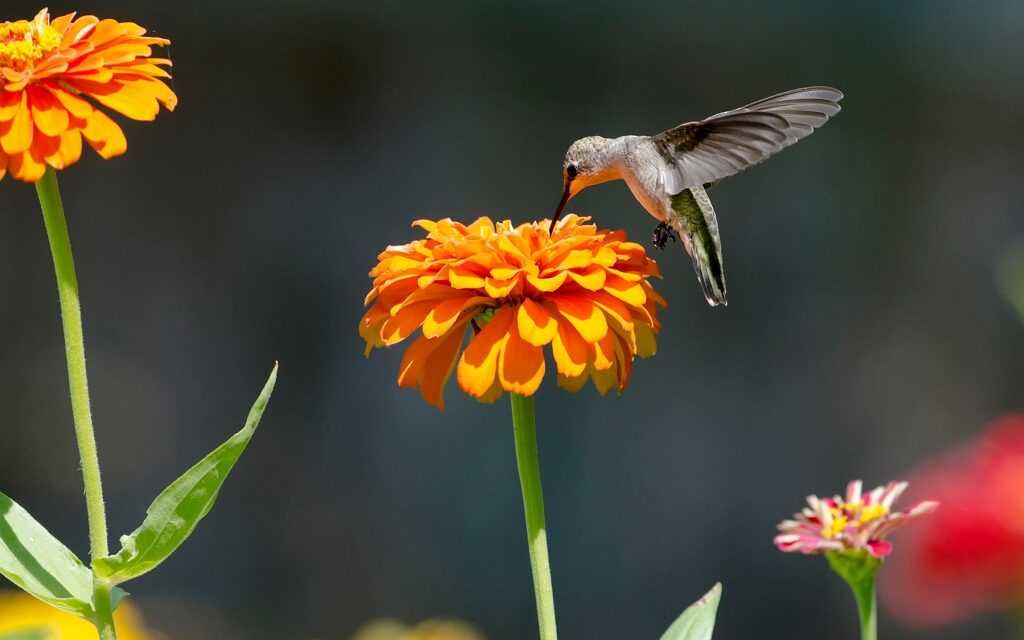A pollinator garden is a great way to add beauty to your yard, while also welcoming abundant wildlife and new inhabitants.
But do you know which trees and plants attract the best pollinators to help restore the natural balance and health of your immediate ecosystem? Read on to discover helpful tips for you to create a robust and thriving pollinator garden.
Table of Contents
- Why are Pollinators Important?
- Why are Pollinators Declining?
- Top Pollinator Plants
- Best Trees for Pollinators
- Best Pollinator Plants for Containers & Small Gardens
- Tips for Choosing the Best Pollinators
- Additional Resources
Also see:
Why are Pollinators Important?
So why are pollinators important? Pollinators play a crucial role in the balance and health of different bioregional ecosystems. They’re not only needed for the conservation of biological diversity but they also provide food and a wide range of other resources for humans and other animal species. A healthy population of pollinators like bees, butterflies, moths, birds, and bats, are needed to sustain all life – and the majority of our food systems.
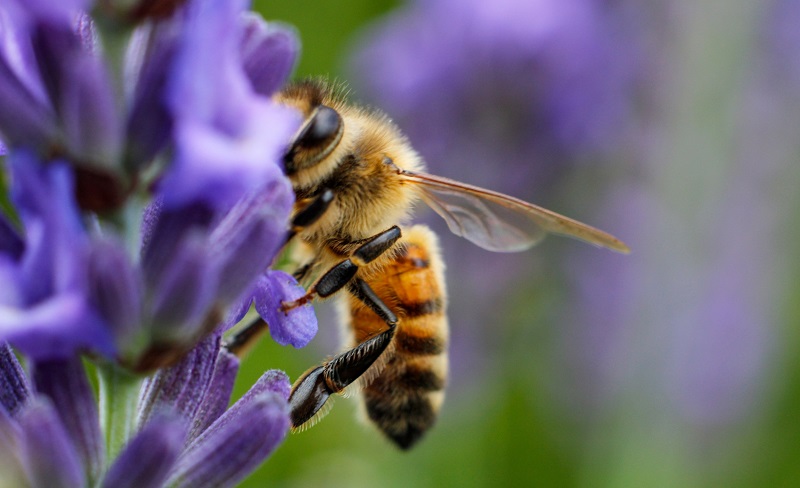
Why are Pollinators Declining?
However, many of the world’s pollinators are declining due to insecticides, invasive species, parasites, diseases, and unusual weather patterns. If pollinators are in trouble that means other flowering plants that depend on them will be too.
Now more than ever, pollinators need our help to survive in an increasingly altered environment. Pollinator-friendly gardens are full of fragrant flowers and even fruits that make having them truly enjoyable, as well as a vital refuge to pollinators alike.
By planting pollinator-friendly plants and trees, you can attract bees and butterflies to your yard while helping to restore Mother Nature.
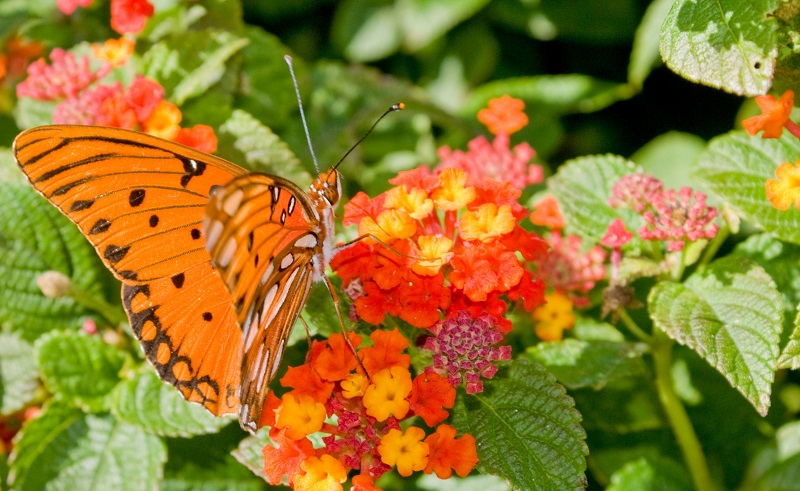
Top Pollinator Plants
A pollinator garden can be effortlessly added to virtually anywhere on your landscape. Bees, birds, and butterflies love native wildflowers, flowering herbs, berries, flowering perennials, annuals, shrubs, and many flowering fruits.
Because there are so many different types of plants that pollinators love, you’ll have endless choices for what you can add to your own landscape. Plant flower beds in your front yard, add a colorful collection of blossoming trees to line your driveway, or tuck a container or raised bed in an area of your backyard or patio.
Here are some of the top pollinator plants to get you started:
- The Lavender Rhododendron and Phenomenal™ Lavender Plant are both ideal for smaller spaces or garden accents and produce a fragrant purple flower that pollinators can’t resist.
- Drummond’s Pink Creeping Phlox has the largest flowers of any of the creeping phlox, with abundant pretty pink blooms that add the perfect native groundcover to attract butterflies.
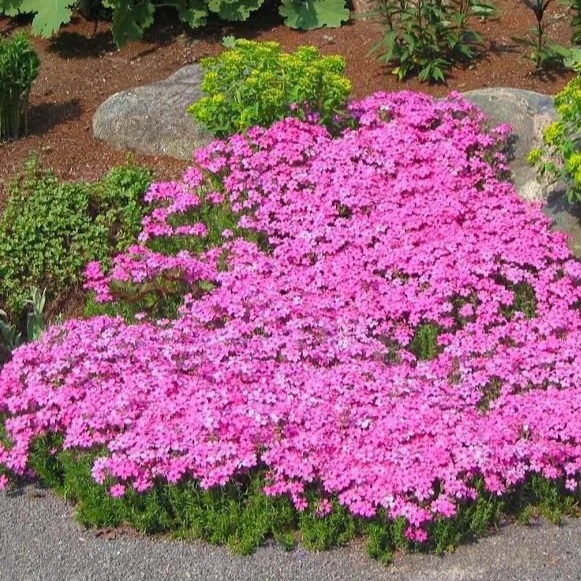
Drummond’s Pink Creeping Phlox
- The versatile Lavender Chiffon Hibiscus is an easy-to-maintain shrub full of lacy lavender blooms that are unforgettable to butterflies.
- Bloomerang Dwarf Pink Lilac is loaded with huge pink, fragrant bloom clusters that bloom twice in one year!
- Little Gem Magnolia and Southern Magnolia produce striking white flowers in the early spring and summer with a tantalizing, sweet aroma that pollinators love.
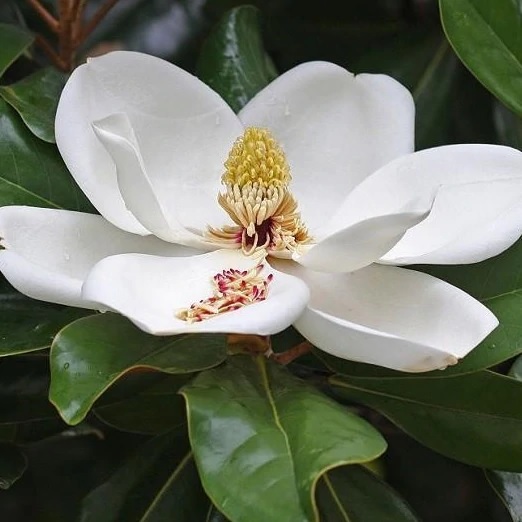
Southern Magnolia Flower
- Add some sunshine to your landscape with the Carolina Yellow Jessamine. This vine cascades beautifully down any fence, porch, or even mailbox.
- The Azurri Blue Satin® Hibiscus is the perfect shrub to add a bold pop of blue color to your landscape and attract an endless spectacle of butterflies.
- With profuse yellow blooms in spring, the Magnolia Butterflies make a statement to any yard and are considered a top selection for wildlife or habitat yards
Best Trees for Pollinators
Flowering trees are an important source of pollen and nectar for pollinators, especially in the spring after a long, dormant winter. Flowering trees provide large amounts of food at one time which attracts many bees and other pollinators.
Here are some pollinator friendly trees that make awesome additions to your landscape:
- Natchez Crape Myrtle blooms stunning white flowers for up to five months a year, inviting an array of pollinators into extended months and is both disease- and pest-resistant.
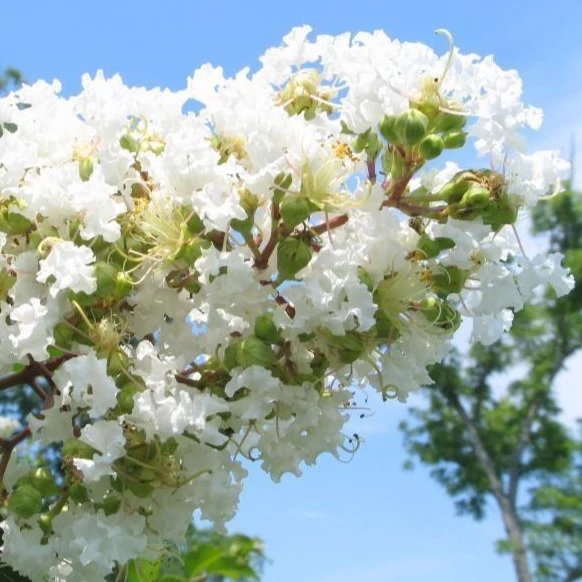
Natchez Crape Myrtle blooms
- The Wisteria Tree is a heavy bloomer with showy purple scented flowers that easily attract butterflies.
- Dogwood trees like the Red Dogwood Tree, Pink Dogwood, and White Dogwood Tree, offer a stunning display of blossoms and berries that bees love.
- The fast-growing Forest Pansy Redbud boasts gorgeous plum colored foliage that makes this tree a focal point in any garden.
- The Kwanzan Cherry Tree and Weeping Yoshino Cherry Tree create a dramatic landscape appearance and are some of the best early spring pollinator plants.
- Maple trees, like the Orangeola Japanese Maple, Emperor Japanese Maple, and Tamukeyama Japanese Maple, also make great early spring pollinator trees with year-round beauty you can enjoy at any time.
Also see:
- Best Fruit Trees to Plant by Hardiness Zone
- The Traits & Risks of Dangerous Trees: Is Your Property Safe?
Best Pollinator Plants for Containers & Small Gardens
Even if you don’t have a large yard or a traditional garden you can still have a designated pollinator garden by incorporating an outdoor patio or balcony. Many plants on our pollinator list do well in containers in smaller spaces, such as:
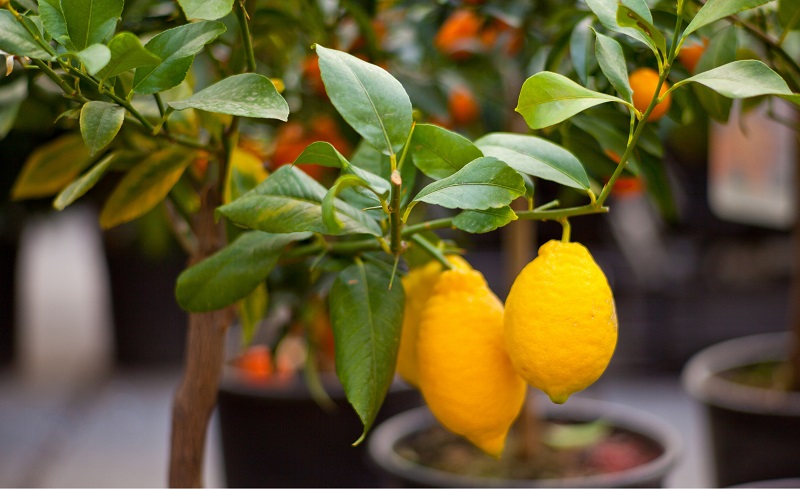
- Easy-to-grow fruit trees like the Meyer Lemon Tree and Key Lime Tree make an easy container plant on your patio. They not only provide fruit for you and your family, but attract an array of pollinators, too!
- If you want to pick fresh blueberries right from your patio or balcony, the Pink Lemonade Blueberry Bush is a fun, easy, and delicious plant to grow.
- Verbena Homestead Purple are prolific bloomers that grow well in containers and attracts a wide range of butterfly and hummingbird species.
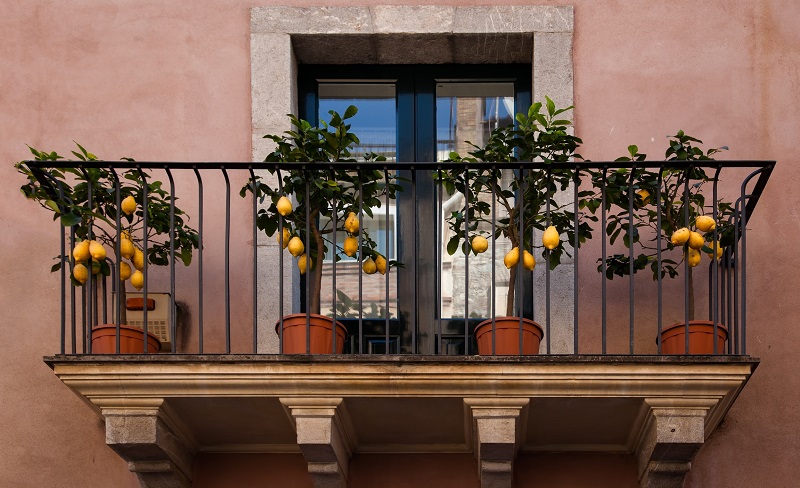
Tips for Choosing the Best Pollinators
Growing a habitat garden is quite easy but does require a few things to take into consideration. For example, it’s important to choose native pollinator plants by zip code. It’s beneficial to remember your climate and growing space and by choosing the best pollinator plants by growing zone. As much as possible, choose varieties that are native to your area to encourage biodiversity specific to your own unique region.
Additionally, when choosing top flowering pollinators, variety is key. This will help provide staggered and continuous food for pollinators as the seasons change. Plus, by encompassing a large variety of pollinator plants you’ll attract different pollinators and can provide them with a plethora of blooms that best suit their interests.
Lastly, when possible, you should always incorporate organic gardening practices to avoid the use of unnecessary chemicals and pesticides – especially when dealing with a pollinator garden!
We want our species to be healthy and happy in an environment as true to Mother Nature as possible. We recommend using an organic planting mix or Root Rocket® All-Purpose Organic Fertilizer for establishing and nurturing your pollinator garden throughout the years!
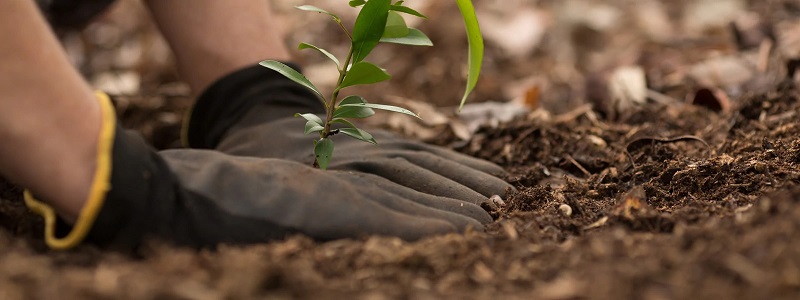
Resources
- USDA Plant Hardiness Zone Map
- Trees That Flower In Summer
- What Blooms in the Fall
- Trees To Plant In Winter
- Spring Blooming Trees
Recommended Gardening & Lawn Care Articles
- Uber Apps for Lawn Care & Outdoor Services
- What is Smart Irrigation?
- Current State of Landscaping Technology for Your Home
- 7 Ingenious Tech Products for Weed and Pest Control
- Tempted to Install Artificial Grass? Not So Fast!
- Best Garden & Landscaping Shows Now on Amazon Prime
- Improve the Health of Your Garden & Lawn with Professional Pet Waste Removal Services
| Purgula is reader-supported. When you click on links to other sites from our website, we may earn affiliate commissions, at no cost to you. If you find our content to be helpful, this is an easy way for you to support our mission. Thanks! Learn more. |

